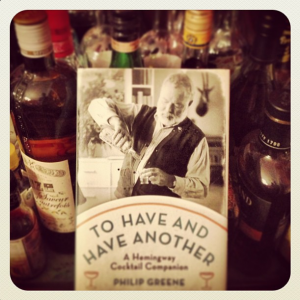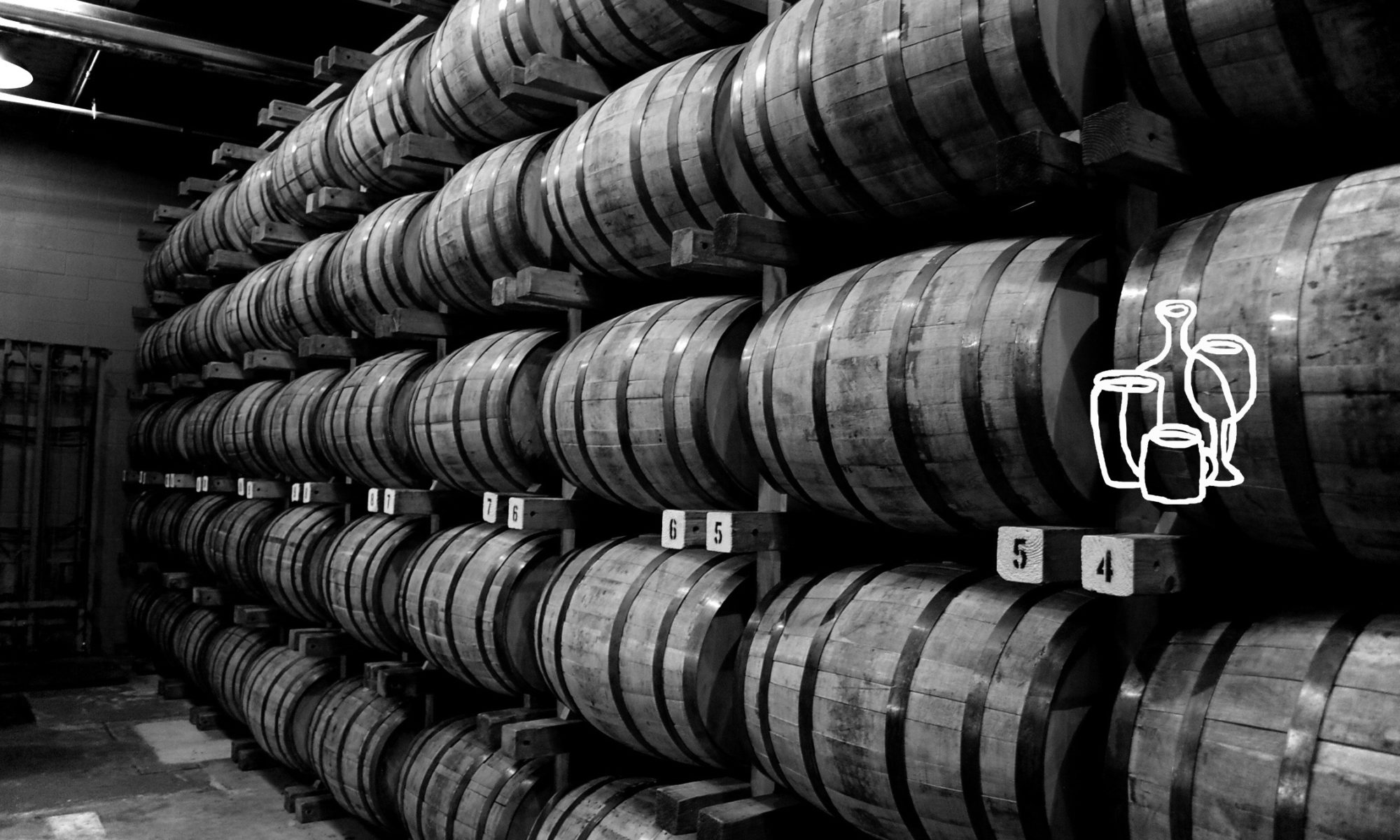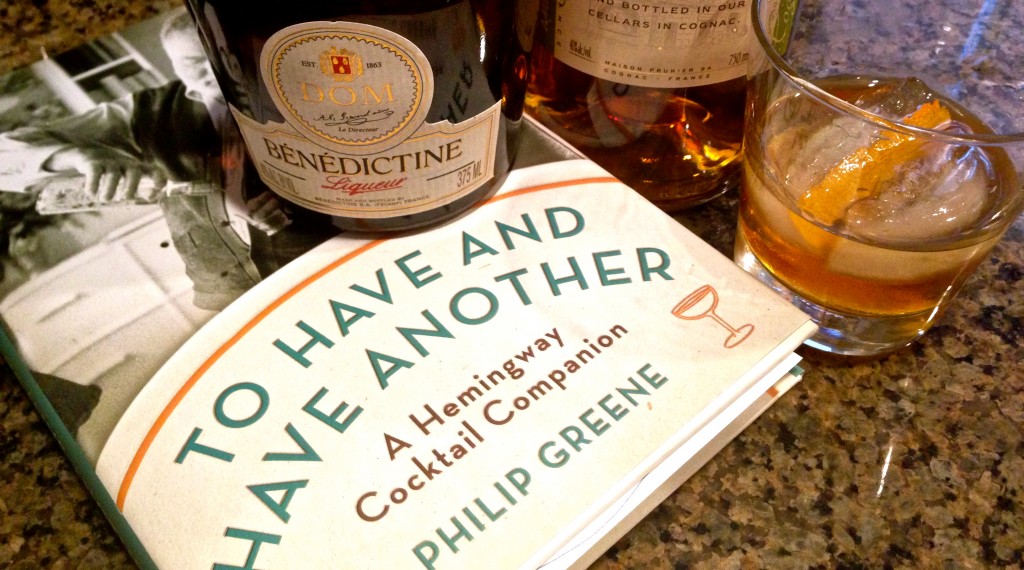Ever on the hunt for interesting cocktails and the stories that go along with them, I recently picked up the book, To Have and Have Another: A Hemingway Cocktail Companion, by Philip Greene. It certainly helps to know some Hemingway if you want to get the most out of this cocktail book, but anyone with an interest in the drinking culture of the 1930’s-1950’s will find at least a few good stories and recipes as well.
The book is organized by drink – with a recipe for each, and how the drink fits into the Hemingway oeuvre (or his life beyond the pages of his books). There are entries for the Daiquiri (of course), the Cuba Libre, the Americano… but also more unusual drinks (at least to modern tipplers) like the Gambler’s Delight and the El Definitivo. And there are a number of super simple concoctions like gin and coconut water, or Scotch and lime juice, or Armagnac and soda. Which brings us to… the Cognac and Benedictine.
This drink is a 1 to 1 blend of Cognac and Benedectine, an herb and spice-laden liqueur from France that began production in the 1860’s but traces its roots back to the 1500’s. The story goes (and don’t ever fully believe any story about spirits like Benedictine) that this liqueur was originally imbibed by the monks of the Benedictine Abbey of Fécamp in Normandy in the early 1500’s. After the production ceased for a few hundred years, a fellow by the name of Alexandre Le Grand revived the recipe (or at least created the backstory).
By the 1930’s, one of the popular uses for Benedictine was in a Benedictine and brandy (B&B), and the company behind it came out with their own bottled version of B&B (you can still get that today, but buying the pure Benedictine is the way to go, so you can use it in cocktails like the Vieux Carre or the Singapore Sling). Now, Cognac is a specific type of brandy, so the Cognac and Benedictine is basically a (better) B&B. Made with a good Cognac, this is a lovely drink, a touch syrupy, but full of intrigue from the herbs and spices in the liqueur.
 So what does this have to do with Hemingway? Turns out, young Ernest wrote a bunch of short stories upon his return home to the States after serving in the ambulance corps in Italy during World War I. One of these stories was set in a dive bar in Chicago, and prominently features the Cognac and Benedictine amidst tales of wartime in Sicily and the wishes of the Royal Republican Chilean Army. Intrigued? Try it yourself. Ernest would be happy to know it was because of him.
So what does this have to do with Hemingway? Turns out, young Ernest wrote a bunch of short stories upon his return home to the States after serving in the ambulance corps in Italy during World War I. One of these stories was set in a dive bar in Chicago, and prominently features the Cognac and Benedictine amidst tales of wartime in Sicily and the wishes of the Royal Republican Chilean Army. Intrigued? Try it yourself. Ernest would be happy to know it was because of him.
Recipe: Cognac & Benedictine
Mix equal parts Cognac and Benedictine in an Old Fashioned glass over ice, stir and garnish with a lemon peel. Enjoy.














